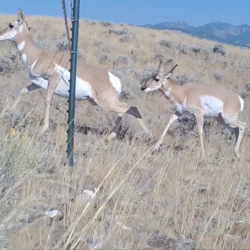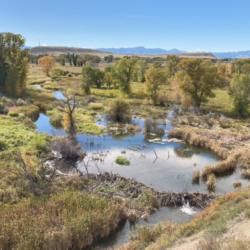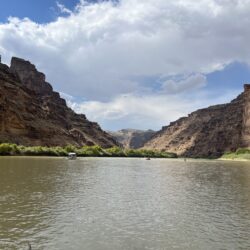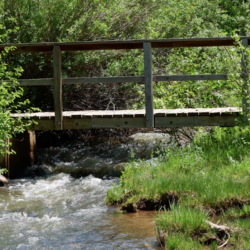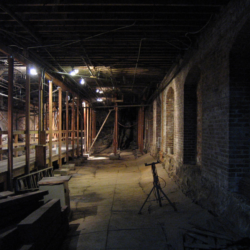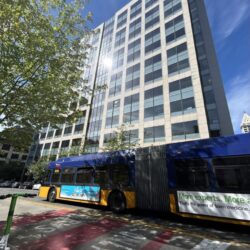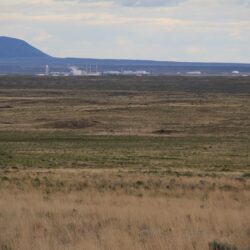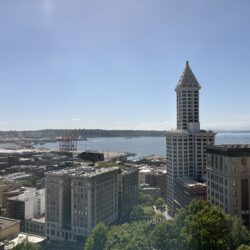Harnessing Wildland Firefighting for Risk Mitigation and Resiliency – Aidan Lyde
The sky turned a muted orange. Then the ash started falling. It fell down from the sky like snowflakes, coating every surface in a blackened soot. The wind picked up, carrying twirling debris along with it. A smoky haze filled the air that clutched your throat and stung your eyes. Noon became midnight, and for Read more about Harnessing Wildland Firefighting for Risk Mitigation and Resiliency – Aidan Lyde[…]


